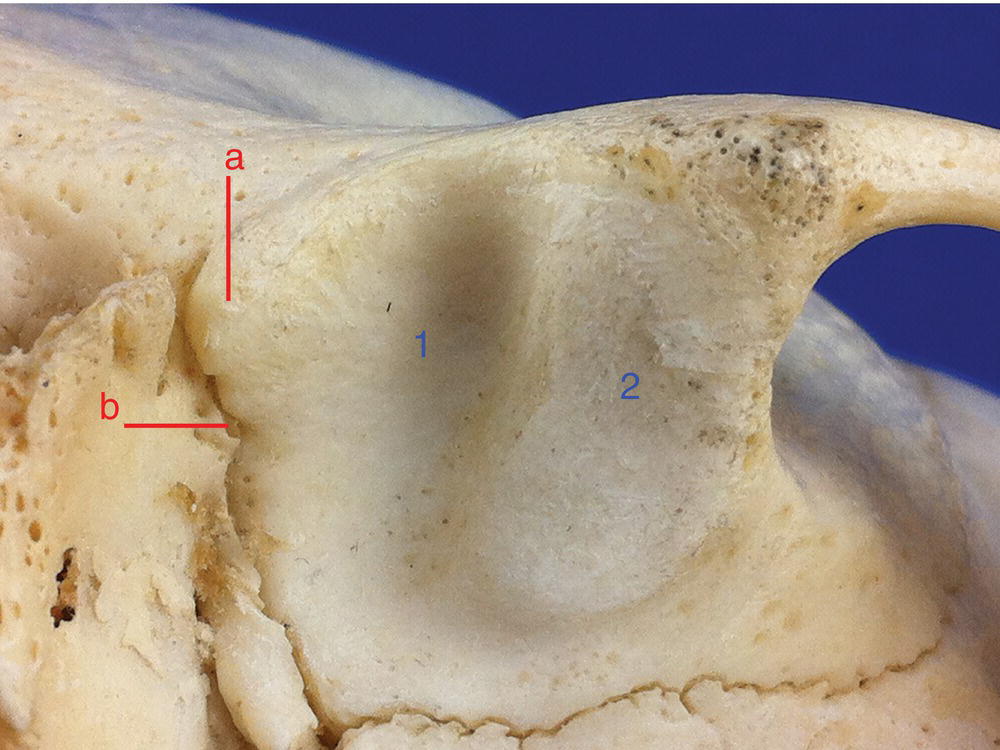

Some centers have safeguarding policies in place to guide the need for further investigation for non-accidental injury in younger children and infants with a skull fracture. Repeat CT imaging for patients with isolated skull fractures is not deemed necessary unless worsening clinical indicators develop. MRI could prove a useful investigation without radiation exposure, but its use is also limited, due to availability in the acute setting. Ultrasound can be used to identify skull fractures in younger patients although it is not widely used and further studies are needed to assess its efficacy. Signs of skull fracture that warrant investigation with CT include signs of basal skull fracture, a palpable fracture, a swelling, bruise or hematoma measuring greater than 5 millimeters, or suspicion of a depressed skull fracture.

Multiple clinical decision rules exist to guide clinicians when a child with a head injury requires CT the PECARN (Paediatric Emergency Care Applied Research Network) head injury algorithm, the CATCH (Canadian Assessment for Tomography of Childhood Head Injury) rule, and the CHALICE (Children's Head Injury Algorithm for prediction of Clinically Important Events) rule. There also are associated risks with the sedation or anesthesia that may be required to perform a CT on a child. The younger the child, the greater the risk of malignancy later in life as a result of exposure to ionizing radiation. The risks associated with a CT scan in a child also should be considered. In a few cases, a well, asymptomatic child with a localized head injury that is suspicious for a fracture may be a candidate for a skull x-ray instead of CT. Although practice varies throughout the literature, current guidance discourages the use of a skull radiograph and advises the use of a CT scan as the first-line investigation of choice if a skull fracture is suspected. Skull fractures can be identified on plain radiography, computed tomogram (CT), ultrasound, and magnetic resonance imaging (MRI). It usually presents later and grows as the brain herniates through the gap, as a persistent swelling or pulsatile mass. They also can pose a risk for meningitis, with the most common causative organism being Streptococcus pneumoniae.ĭiastatic fractures occur when there is a separation of the cranial sutures, most commonly with the lambdoid suture.Ī growing fracture describes herniation of the brain through the broken dura following a skull fracture (often diastatic). Basal fractures are more complicated due to underlying structures such as cranial nerves and sinuses which can lead to hearing loss, facial paralysis, or decreased sense of smell. A depressed skull fracture can sometimes be referred to as a ping-pong fracture.Īn open fracture carries a high risk of infection.īasal fractures involve any of the bones of the base of the skull. This is usually caused by a direct blow to the head and requires a neurosurgical opinion.

It is typically in the temporal or parietal area. The skull base is composed of the sphenoid, palatine, and maxillary bones along with portions of the temporal and occipital bones. The calvarium is made up of the frontal, parietal, occipital, and temporal bones. The skull can be divided into the calvarium and the skull base.


 0 kommentar(er)
0 kommentar(er)
